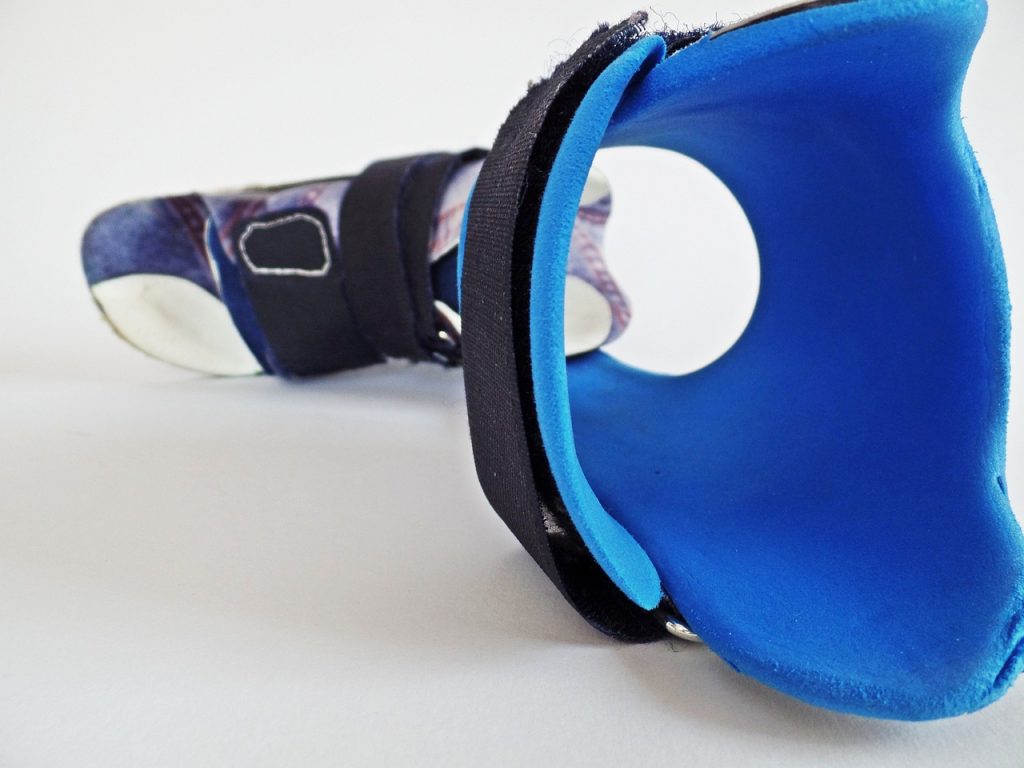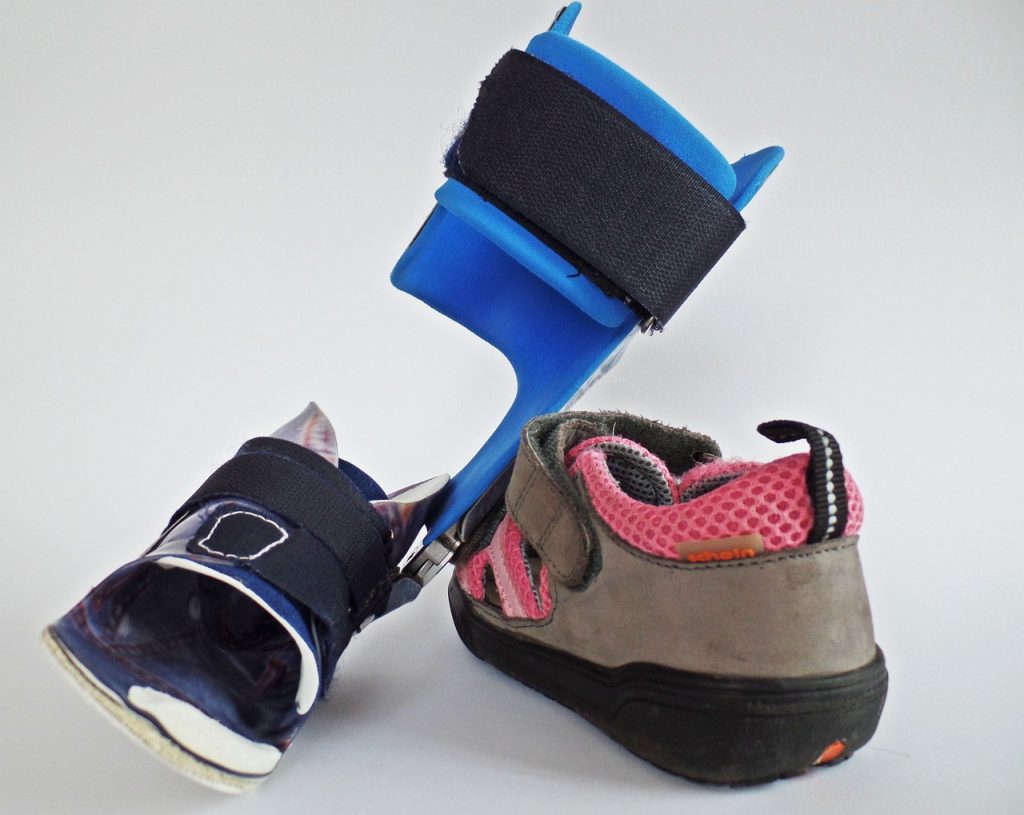Supination, also known as underpronation, occurs when the weight rolls onto the outer edges of your feet as you walk or run. While this might sound minor, supination can lead to various issues, including foot pain, knee strain, and even hip or lower back discomfort. When left untreated, it can gradually impact your overall alignment, putting undue stress on joints and muscles. Fortunately, orthotics designed specifically for supination can help provide the support and stability needed to counteract these effects.
Understanding whether you need orthotics is crucial for managing the symptoms associated with supination. Customized or over-the-counter orthotics can help balance your foot alignment, improve your posture, and alleviate discomfort caused by improper weight distribution. Knowing the signs that indicate a need for orthotics allows you to take early action, preventing potential complications and promoting better foot health.
In this article, we’ll discuss the top five signs that may indicate you need orthotics for supination right now. From visible wear on your shoes to recurring aches and pains, these telltale indicators can guide you in deciding whether orthotics could be a beneficial addition to your daily routine. Let’s take a closer look at each of these signs to help you determine if orthotics could enhance your comfort, stability, and overall movement.
1. Uneven Shoe Wear
Uneven wear on the outer edges of your shoes is one of the most visible signs of supination. When your foot rolls outward excessively during walking or running, the outer edges of your shoes absorb most of the impact. Over time, this can lead to noticeable wear patterns, where the outside portion of the sole appears much more worn than the inner area. This wear doesn’t just affect the shoes—it can also compromise your posture and gait, making everyday activities less comfortable and increasing the risk of injury.
The asymmetrical wear on your shoes can disrupt balance and alignment, as your body is forced to compensate for the unequal weight distribution. This constant imbalance puts unnecessary pressure on muscles and joints, potentially leading to issues with mobility. For athletes or those who spend a lot of time on their feet, this can cause fatigue and soreness in the feet and legs, as well as in other areas like the knees and hips. Proper orthotics designed for supination help distribute weight evenly, providing a more balanced and comfortable experience.
Orthotics can play a crucial role in preventing shoe wear caused by supination. With added support on the outer edges of the feet, orthotics realign your foot position to reduce pressure in problematic areas. By keeping the foot in a neutral position, orthotics can preserve your shoes longer and protect your body from stress-related injuries, ensuring a healthier and more stable walking or running stride.
2. Recurring Foot Or Heel Pain
Frequent foot or heel pain can often point to supination, especially if it’s concentrated in the arch or outer edge of the foot. This pain typically arises because the outward rolling motion of the foot stretches and strains the muscles and ligaments. Since supination limits the foot’s natural shock-absorbing capacity, every step exerts a significant force on areas not designed to take that pressure. This can lead to conditions like plantar fasciitis, especially for those who engage in high-impact activities.
Pain from supination is particularly noticeable in the morning or after long periods of standing or walking. Orthotics can alleviate this discomfort by providing support where the foot lacks natural cushioning and helping redistribute pressure across the entire foot. This reduces the strain on high-impact areas, allowing for more comfortable movement and improved shock absorption, especially during exercise.
Over time, addressing recurring foot and heel pain with orthotics can prevent further deterioration of the foot’s soft tissues and ligaments. Proper support helps you avoid developing chronic pain or more severe conditions like tendonitis or stress fractures, which can result from prolonged strain. By providing a supportive foundation, orthotics allow you to stay active without aggravating these areas, keeping you pain-free.
3. Ankle Instability And Frequent Injuries
Ankle instability is a common result of supination, as the outward roll of the foot places undue stress on the outer ankle. This imbalance increases the risk of ankle rolls, twists, and sprains because the foot is not positioned for stable movement. Those who supinate are often more prone to these types of injuries, as the muscles and ligaments in the ankle area are constantly overstretched. In serious cases, repeated ankle injuries can lead to chronic instability, affecting mobility and overall confidence in movement.
When your ankle is unstable, your body works overtime to try to maintain balance, putting additional stress on your feet and lower legs. Over time, this compensation can lead to muscle fatigue, soreness, and other injuries that limit your activity. Orthotics can provide the alignment and support needed to stabilize the ankle and prevent these repetitive injuries by keeping the foot in a more neutral position and ensuring that weight is more evenly distributed.
Investing in orthotics specifically designed to address supination can give you the confidence to engage in physical activities without fear of injury. With improved stability, your risk of ankle injuries decreases, and the alignment support from orthotics can strengthen the surrounding muscles and ligaments. In the long run, orthotics can play a key role in maintaining a strong, stable foundation, enabling you to move with ease and confidence.

4. Knee, Hip, Or Lower Back Pain
When left unaddressed, supination can contribute to pain that extends beyond the feet and ankles, affecting the knees, hips, and even the lower back. The outward roll of the foot creates an imbalance that forces your body to compensate for the misalignment, straining muscles and joints throughout your lower body. This compensation can result in improper leg alignment, causing knee pain and putting undue pressure on the hip joints. Over time, these misalignments may lead to chronic discomfort, reduced mobility, and an increased risk of injury in the lower body.
If you’re experiencing knee, hip, or back pain, orthotics could be a crucial part of the solution. By addressing the source of the imbalance—supination—orthotics help realign the feet and promote a more stable and neutral stance. When your feet are properly aligned, your body weight is distributed evenly across the feet, legs, and hips, minimizing the risk of strain and helping to alleviate pain. This can be particularly beneficial for individuals who walk or stand for extended periods or engage in impact-heavy activities like running.
Orthotics designed to support supination can help protect your entire musculoskeletal system, not just your feet. By promoting better alignment, they help prevent long-term wear on the knees, hips, and back, keeping you active and comfortable. This additional support can make a noticeable difference in both daily life and physical activities, helping you feel more balanced and less prone to joint discomfort over time.
5. Persistent Fatigue In The Legs And Feet
Supination can also lead to persistent fatigue in the legs and feet, especially if you’re on your feet for extended periods. This fatigue occurs because muscles in the legs and feet must work harder to maintain balance and absorb shock without adequate support. The outward rolling motion of the foot creates an uneven distribution of weight, placing extra stress on the outer muscles, which can cause them to tire more quickly. For those with supination, the result is often sore, fatigued muscles after even short bouts of activity.
Orthotics can help relieve this fatigue by providing the cushioning and support necessary to reduce the load on overworked muscles. With the correct support, your feet can better absorb impact, which minimizes the strain placed on muscles, tendons, and joints. This extra cushioning allows your muscles to function more efficiently, helping to keep you comfortable and energetic even during long periods of activity.
Addressing leg and foot fatigue with orthotics can have long-term benefits for your overall well-being. With proper support, you may find that you have more stamina and experience less soreness after activities. This can make a significant difference for individuals who work in physically demanding environments or enjoy active lifestyles, allowing them to perform with greater comfort and confidence.
Conclusion
Recognizing the signs that you may need orthotics for supination is the first step toward alleviating discomfort and improving your movement. Supination can lead to various physical issues, from foot pain and uneven shoe wear to more severe complications in the knees, hips, and back. By investing in orthotics tailored to supination, you can provide your body with the support it needs, improving alignment, reducing fatigue, and preventing injury. Whether you’re dealing with recurring pain or just starting to notice symptoms, addressing supination with orthotics can enhance your overall comfort and protect your musculoskeletal health for the long term.
Find Relief From Supination With Custom Orthotics From The Shoe Doctor!
If supination (underpronation) is causing discomfort and impacting your daily activities, custom orthotics could be the solution to restore balance, improve mobility, and reduce pain. Supination occurs when your weight shifts to the outer edges of your feet, often leading to foot, knee, and hip pain and instability. Custom orthotics are designed to correct this misalignment, providing targeted support that promotes proper foot posture and long-term health. By addressing the root cause of supination, these orthotics can help you walk, run, and live actively—pain-free.
At The Shoe Doctor, we bring over 20 years of expertise in crafting high-quality orthotics designed to combat issues like supination. Our expert, Russell, utilizes cutting-edge 3D foot mapping technology to create orthotics that perfectly match the unique structure of your feet. In collaboration with the Spine & Injury Medical Center in San Jose, we take a holistic approach to mobility challenges, ensuring that your treatment goes beyond foot health alone.
If you’re located in the South San Francisco Bay Area, trust The Shoe Doctor for effective, personalized orthotics that improve your movement and comfort. Schedule your complimentary consultation today and take the first step toward correcting supination for good!
Disclaimer
The materials available on this website are for informational and entertainment purposes only and not to provide medical advice. You should contact your doctor to obtain advice concerning any particular issue or problem. You should not act or refrain from acting based on any content included in this site without seeking medical or other professional advice. The information presented on this website may not reflect the most current medical developments. No action should be taken in reliance on the information contained on this website and we disclaim all liability for actions taken or not taken based on any or all of the contents of this site to the fullest extent permitted by law.


